It has been quite a while since I did a Clades post, and this one will be featuring a group that has lots of figures…but mostly one species. It is (as stated in the title) the placoderm group Arthrodira. Although pretty diverse overall, the most familiar would of course be Dunkleosteus, a giant predator of Devonian seas worldwide. But of course it lived alongside several relatives in those seas–the Arthrodira (as described in my database as a grade) includes the most advanced and last clade of the armoured placoderm fish. While many, like the aforementioned Dunkleosteus, are recognized as giant beasts with huge shearing plates for their mouths the group overall features a wider range of sizes and forms, with a probable range of lifestyles.
There are not many figures of Paleocene animals, relative to all of the fossils and taxa that have been described. But something about a giant armoured fish with bone crushing skull plates is really attractive to toy companies (and the people that buy them). Or at least Dunkleosteus, which is also super popular in books and other media. But the other species are also really cool…and very different. Nevertheless, most companies don’t make them; thanks to Australian Yowies’ Lost Kingdoms we have as many different ones as we do, and all of them are very different. Also, all of them are smaller figures…only Dunkleosteus gets made as a larger figure (and from Favorite there is an even bigger 60cm+ vinyl figure…why don’t I have that!?)
One thing that is funny is how different the Dunkleosteus figures are form each other…most likely because we don’t have much for fossils of them, except the skull and thoracic plates. Fortunately many of the smaller species are known from fossils that are more complete, and often more covered in bony plates. This has led to most figures to show the more-or-less single-lobed heterocercal tail fin on the large species, because most of the smaller species show it. From what I understand though, recent studies suggest that an animal as big and active as Dunkleosteus probably couldn’t have propelled itself using such a fin–so Japanese companies, at least, depict it with a big, shark-like lunate heterocercal tail.
The other Arthrodire fish that get made are from less common companies, but overall can make good additions to collections and dioramas. They are also, in every case, ones that need to be put together! Sometimes this work against figures, but for animals that are covered in plates, it kind of works. They also tend to be small…which interestingly makes them very similar to actual size, and helps give a better sense of what most arthrodires (and placoderms overall) would be like. The COG ones are also kind of generic…they may have had names assigned, but in neither case do they look much like their company names (especially Groendlandaspis, which is notable for being kind of ‘tall’, but they made it flattened…weird.
The nice thing about arthrodire figures is that it’s relatively easy to add a few to your collection, at least of one species. They are made in such a wide range of sizes and styles, there should be something for everyone, regardless of scale or other considerations. Getting those other species might be trickier; those are all out of production (I think…it’s hard to know for sure about the Prehistoric Panorama figures). That said, there are a lot of other species, with all kinds of morphologies, that would be great to see as figures. A recent Kickstarter game was successful, and will feature a lot of interesting Paleozoic models, including several arthrodires (and other placoderms). Not sure what their availability will be after the kickstart fulfillment, but it should give a nice bump to the available placoderms to add to the collections! Definitely a group that warrants some inclusion in any collection!



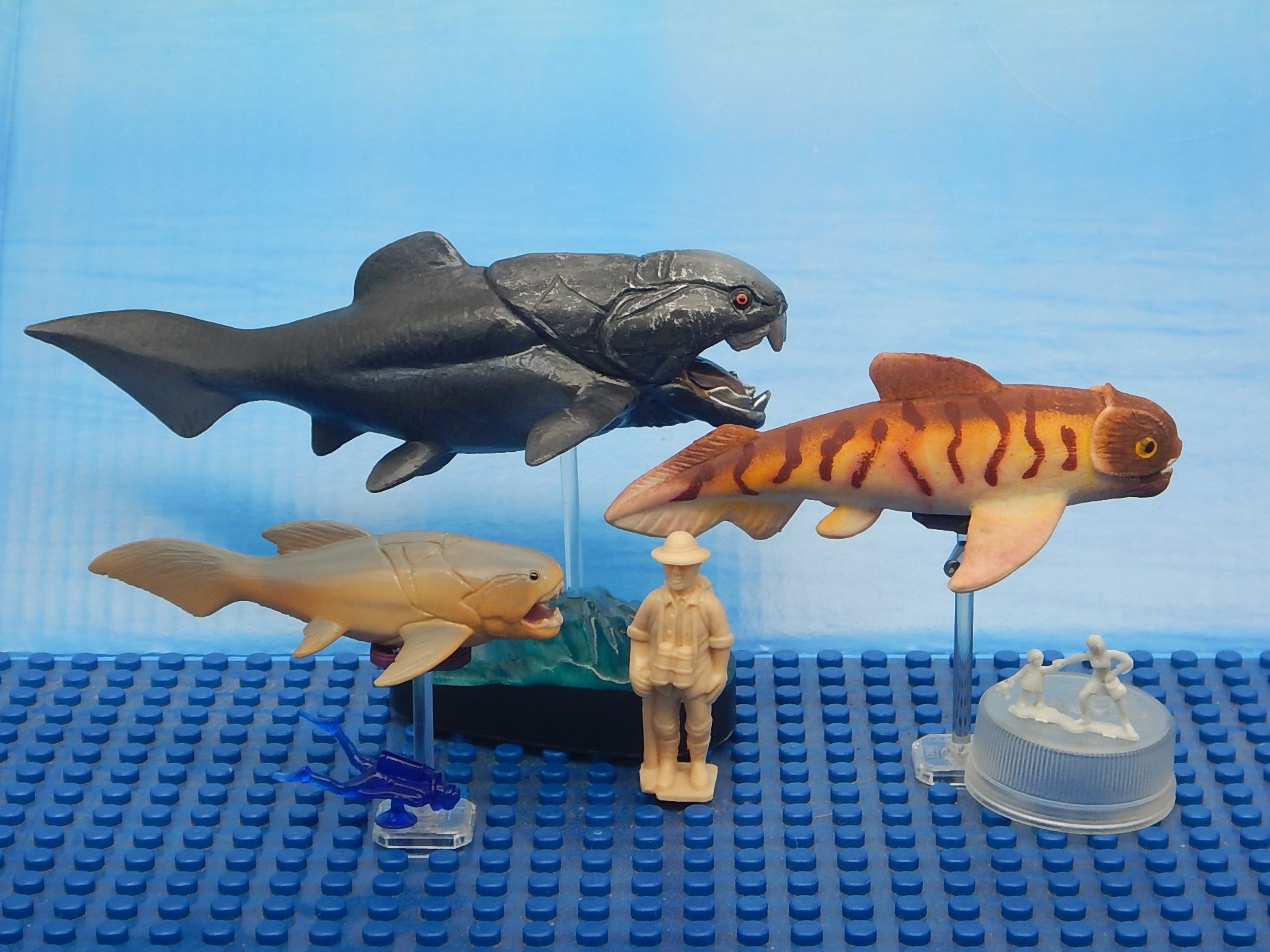
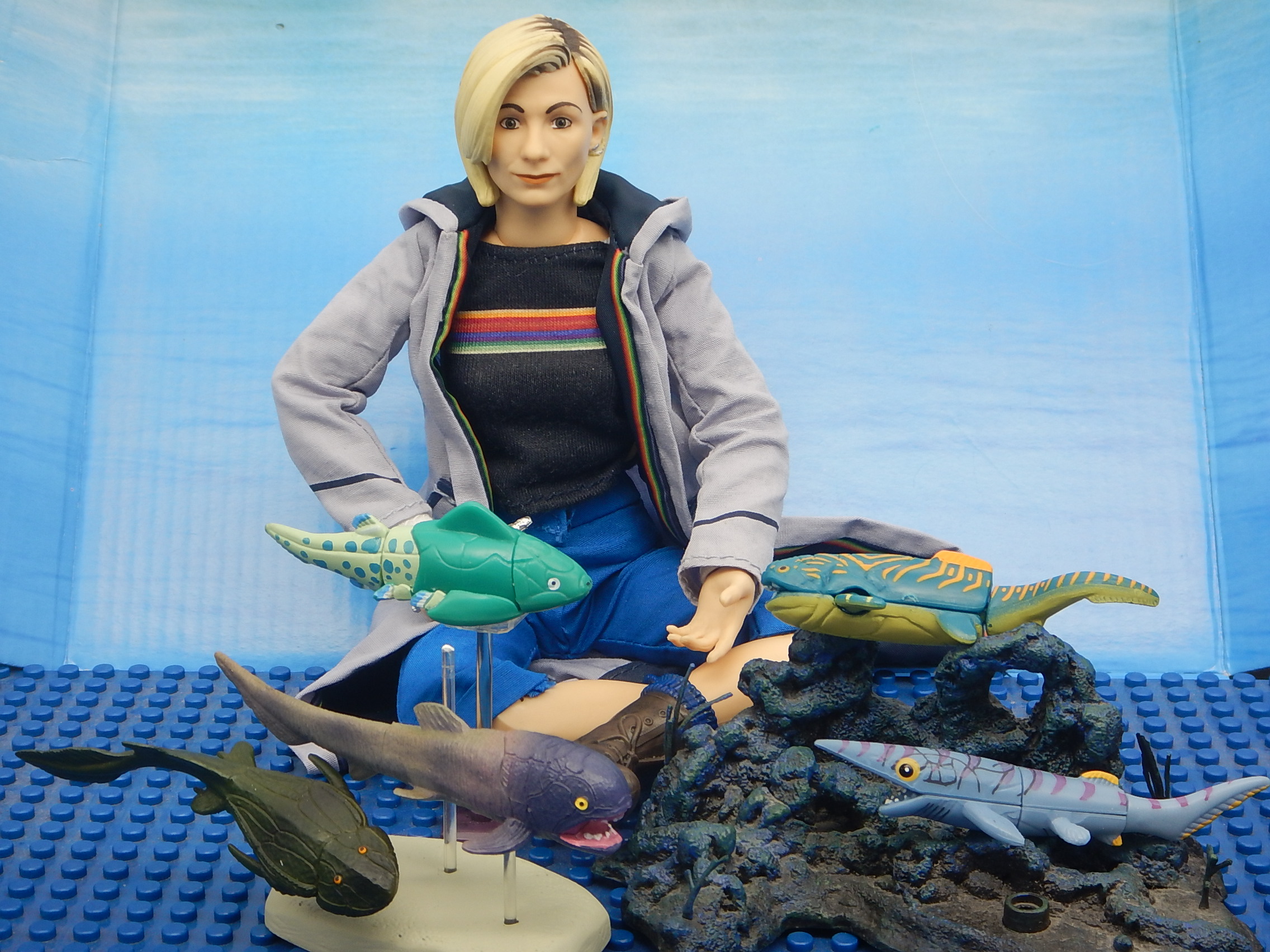
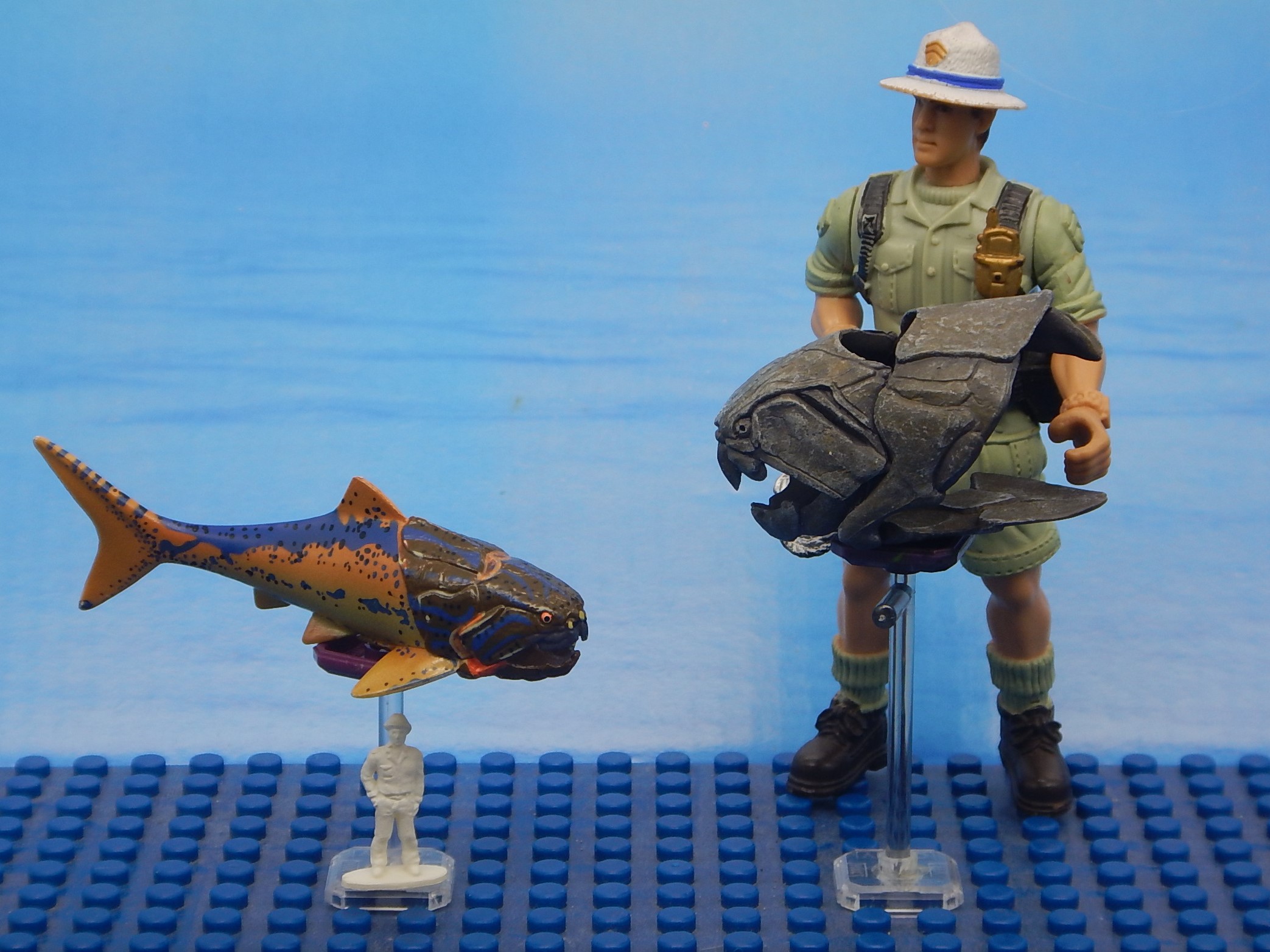
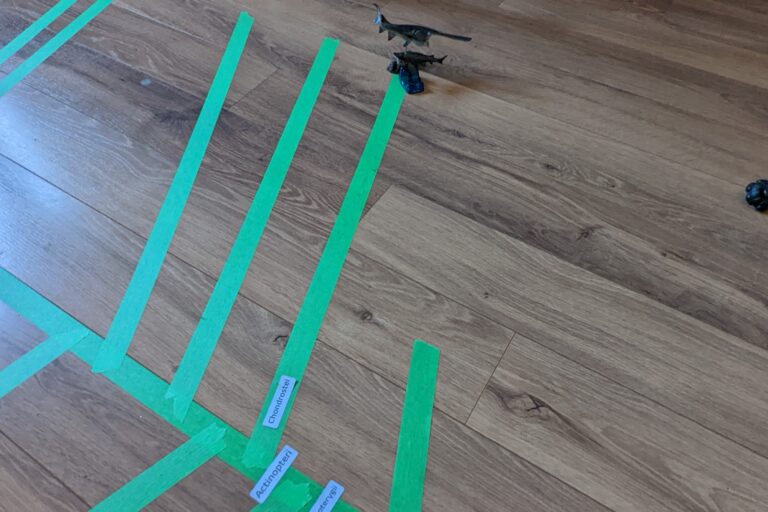
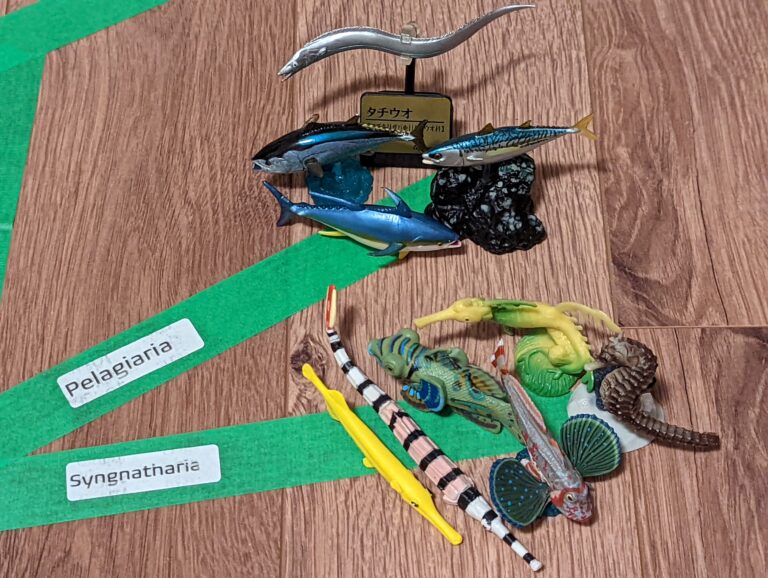

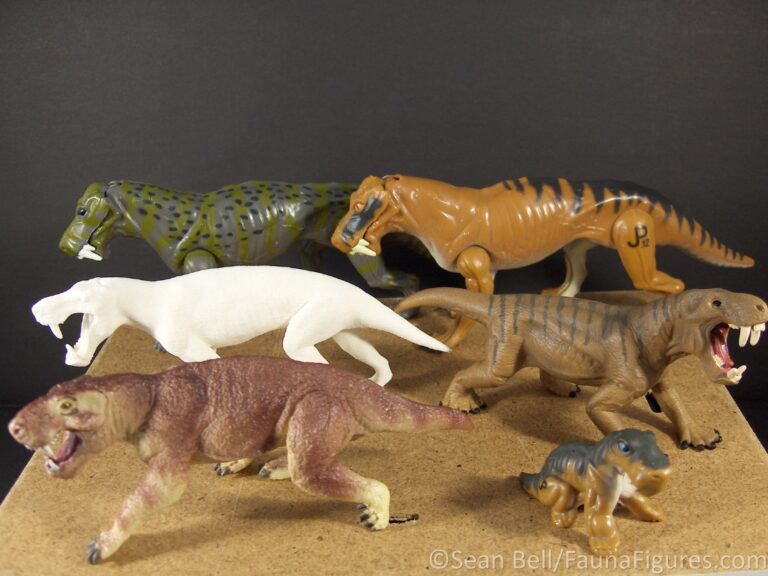

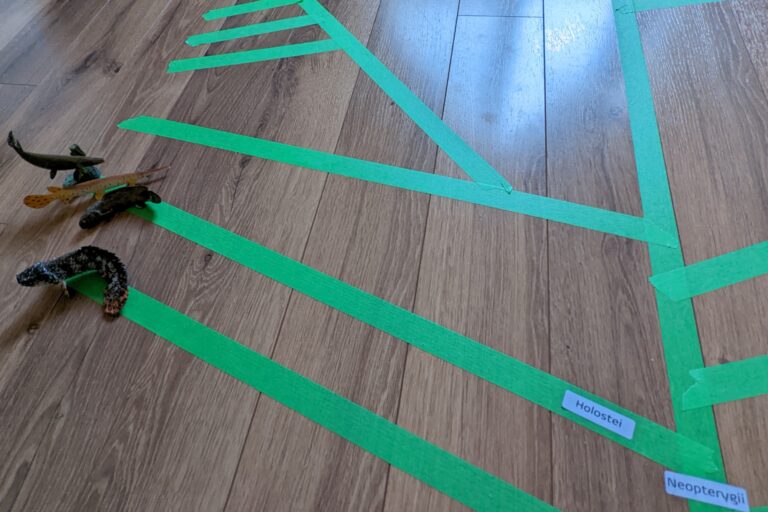
Pingback: Vault Tales 187 FigureFrenzy Nasutoceratops, Uintatherium, Dunkleosteus, Smilodon – Fauna Figures Blog